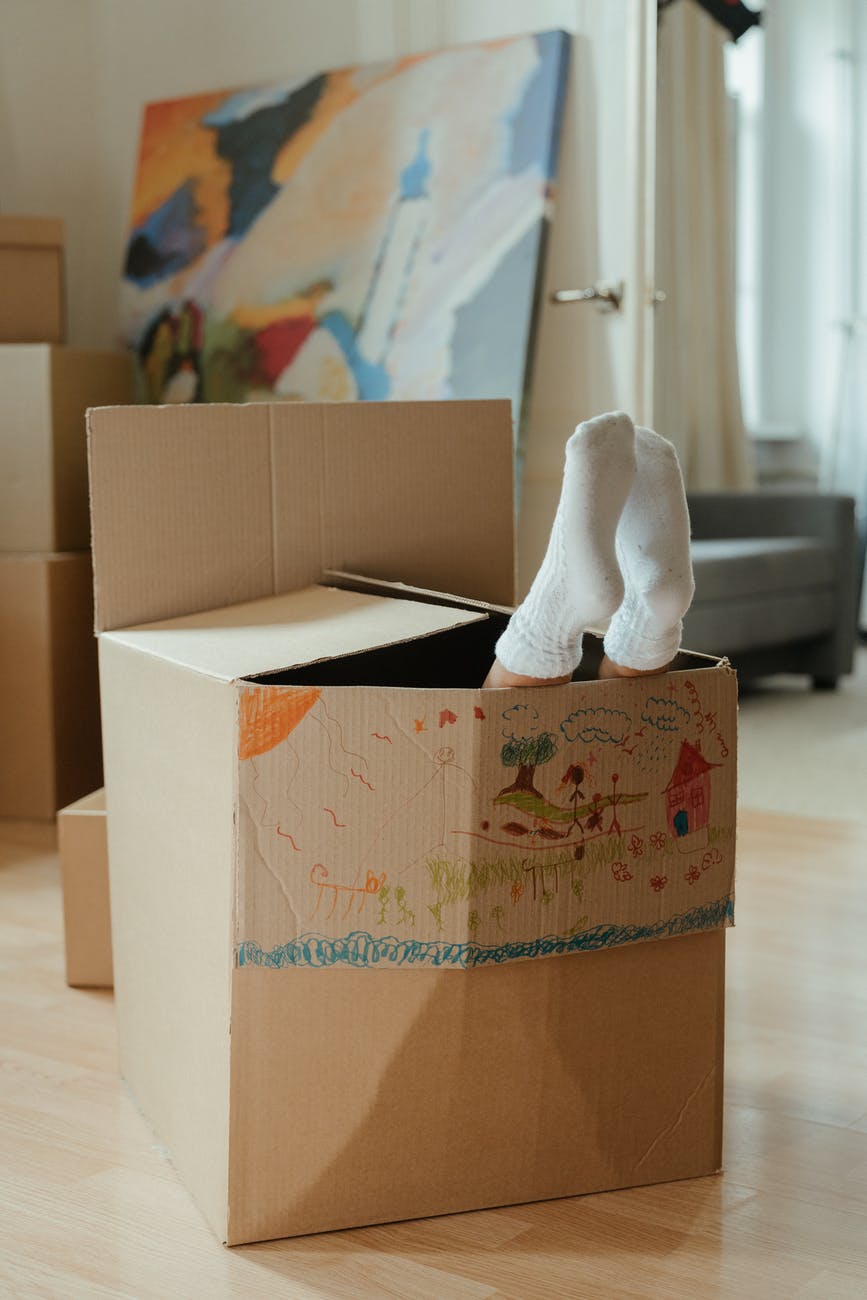Human beings are social creatures. We need companionship, we need support, we just need to be in close proximity with our friends and loved ones in order to feel as if all is right with the world.
We crave routine, and our regular creature comforts, and if you think that all of this doesn’t also go for children of any age, you should think again.
My kids are too young to understand what’s happening, but as we’ve stopped going places like the zoo, the library, play places at McDonald’s, or even on jaunts to the grocery store, they’ve certainly felt the shift. The forced isolation. The shrinking of their world.
I’ve noticed them acting out here and there, and even if they don’t understand why they’re frustrated and upset, I do.
If you’ve noticed the same and are looking for ways to help ease the burden of isolation on your kids, here are a few tips from experts.
If sleep regression is ruining your nights…

Image Credit: Pexels
Make sure your routine stays as steady as possible. Bedtimes should be the same every night, and the things you do up until them should be the same as well. If your kid is particularly anxious, making a schedule with pictures or stickers is a great way to reinforce how things are as normal and calm as possible.
When tantrums start to derail your days…
If your child is sad or worried, they may need comfort, but most tantrums are best off ignored. There’s no point in trying to reason with a child in the throes of big emotions, but after it’s over, you should try to get a handle on what caused the outburst to begin with.
As they calm down, plenty of hugs and reassurances go a long way. And again, routines make everything, even transitions, easier, so try to give your child plenty of warning so they know what to expect.
If your normally happy kid can’t stop crying…

Image Credit: Pexels
If your child is older and verbal, try to get them to tell you what’s causing the tears, and make sure they know that it’s fine to be upset, angry, or confused. Together, try to come up with a plan for something that would make things easier, like a walk or a trip to a friend’s swimming pool.
You don’t want to reinforce crying as a way to get what they want, but you do want to acknowledge that the current state of the world is hard for everyone and worrying about it is natural – though it shouldn’t take over your life.
Your child is yelling at you.
Yelling is an anxiety response, and once again, routine and talking about the feelings causing the anxiety are the best ways to address it. You can help your child see the positives in their new schedule, like more screen time (you know it’s happening) or getting closer to siblings.
If things are still rough, try some mindfulness apps or exercises, or try getting into yoga as a family. Anything that can help the relax when things start to feel overwhelming.
You notice your previously social kid withdrawing.

Image Credit: Pexels
Try coaxing them out of their shell by opening up about your own feelings. If you can’t get them to engage after several attempts, it could be time to seek out the help of a professional.
Remember that kids are resilient, and most of them are going to be fine, despite stress responses to the current environment.
Professionals are there to offer support and advice if your child’s anxiety or stress linger, or don’t seem easily resolved with some one-on-one time, a chat, or a favorite treat.
We’re all in this together, and the kids are alright.
